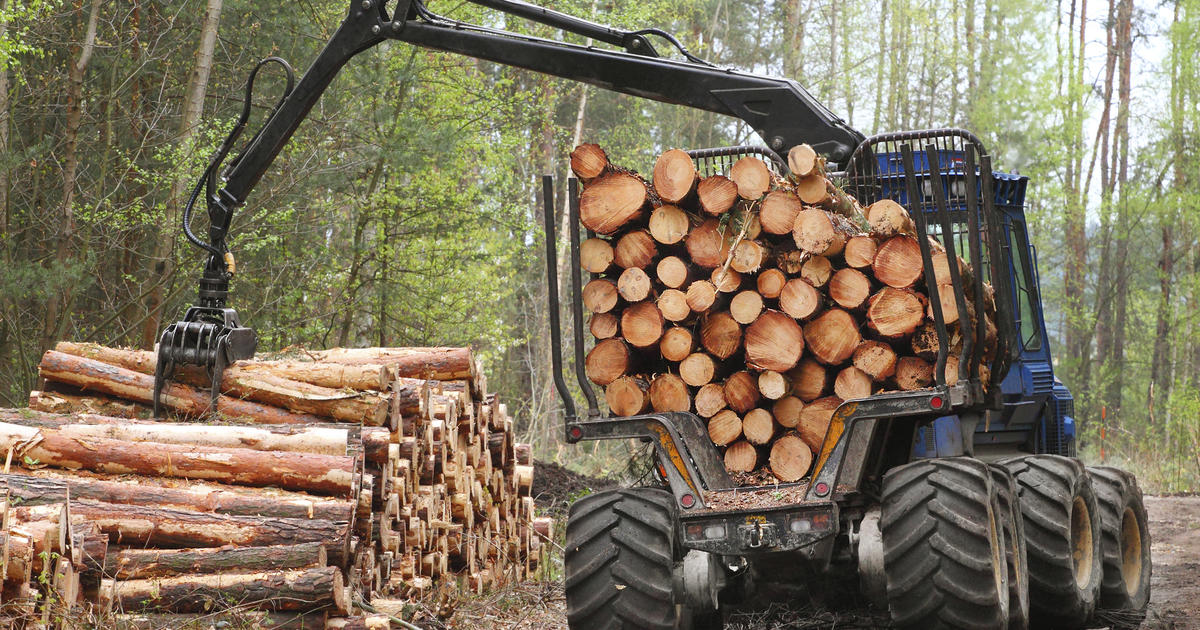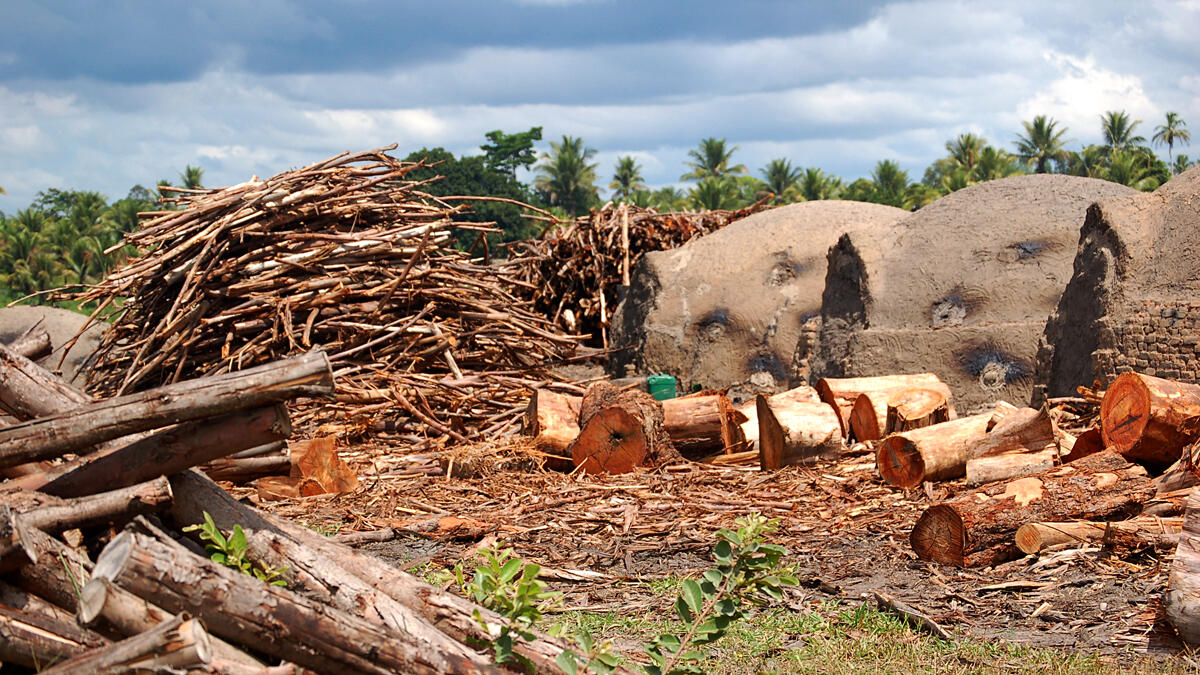Wood fuels have been used as a source of energy for centuries, and they continue to be a popular choice for heating homes and businesses. One type of wood fuel that is particularly popular is oak logs. Oak is a dense hardwood that is slow-burning and produces a lot of heat, making it an excellent choice for use in wood-burning stoves and fireplaces. In this article, we will take a closer look at wood fuels, the benefits of using oak logs, and how to properly use and store them.
What are Wood Fuels?
Wood fuels are a type of biomass energy source that is derived from wood. They can be used in a variety of settings, including homes, businesses, and industrial applications. Wood fuels can come in a variety of forms, including:
- Firewood: cut logs or branches of trees that can be used for heating or cooking
- Wood pellets: compressed sawdust or wood shavings that can be used in stoves or boilers
- Wood chips: small pieces of wood that can be used in industrial boilers or power plants
- Wood briquettes: compressed wood waste that can be used in fireplaces or stoves
Benefits of Using Oak Logs
Oak is a popular choice for firewood because of its many benefits. Here are a few reasons why oak logs are a great choice:
- Oak is a dense hardwood, which means that it burns slowly and produces a lot of heat.
- Oak produces a long-lasting fire that can burn for hours without needing to be replenished.
- Oak has a high heat output, which makes it an excellent choice for heating larger spaces or for use in wood-burning stoves.
- Oak produces a pleasant aroma when burned, which can add to the ambiance of a room.
- Oak logs are readily available and can be found at most home improvement or hardware stores.
Using Oak Logs Safely and Efficiently
When using oak logs for heating or cooking, it is important to do so safely and efficiently. Here are a few tips to keep in mind:
- Store oak logs in a dry place: Wet logs can produce more smoke and less heat, so it is important to keep your oak logs dry. Store them in a covered area or in a shed to keep them out of the rain.
- Use a fire starter: Oak logs can be difficult to ignite on their own, so it is a good idea to use a fire starter to get the fire going. You can use a commercial fire starter or make your own using newspaper and kindling.
- Build the fire properly: To get the most heat from your oak logs, it is important to build the fire properly. Start by placing a layer of kindling in the bottom of the firebox, then add a layer of small logs or branches. Finally, add one or two oak logs on top.
- Don’t overload the firebox: It may be tempting to load up the firebox with oak logs, but this can actually reduce the efficiency of the fire. Instead, add one or two logs at a time and allow them to burn down before adding more.
- Keep the firebox clean: Ash buildup in the firebox can reduce the efficiency of the fire, so it is important to clean out the ash regularly. Use a metal scoop to remove the ash and dispose of it in a metal container.
- Use a fire screen: To prevent sparks and embers from escaping the firebox, it is a good idea to use a fire screen. This will also help to keep children and pets safe from the fire.
In conclusion, oak logs are an excellent choice for use as wood fuel. They produce a lot of heat, burn slowly, and have a pleasant aroma. By following the tips above, you can use oak logs safely and efficiently to heat







